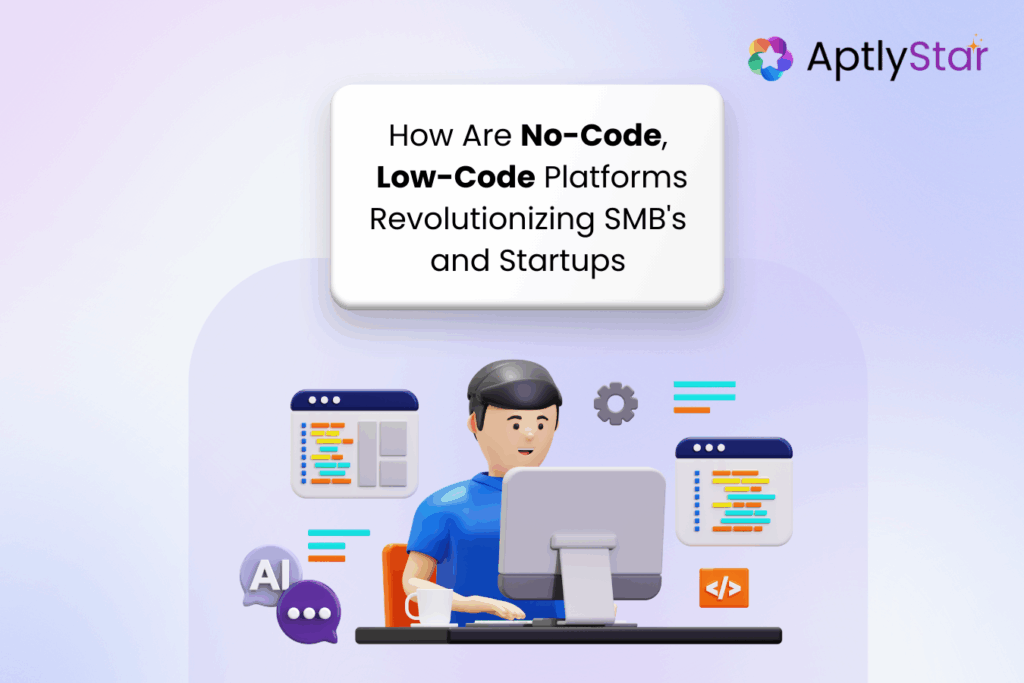Introduction
Have you ever used a chatbot to check on an order status or reset a password? These digital helpers are great for simple tasks, but when things get more complicated, traditional chatbots quickly reach their limits.
That’s where AI agents come in. Imagine needing a detailed report on your top-performing products or personalized strategies to boost customer engagement. Unlike basic chatbots, AI agents are deeply integrated into your company’s unique data and processes, allowing them to deliver smarter, more tailored solutions. They can prioritize tasks, generate reports, and provide insights without you needing to dig for information.
Curious about the difference between chatbots and AI agents? Keep reading to learn how AI agents are revolutionizing business workflows with their advanced capabilities.
What Are Chatbots?
According to salesforce.com, traditional chatbot is a computer program designed to interact with users using pre-set rules and scripted responses. It uses a simpler form of artificial intelligence that allows it to understand natural language but requires significant training to respond accurately. Since its inception with ELIZA in 1964, chatbots have been used mainly for retrieving information, handling basic interactions, and answering common customer support questions. Unlike advanced language models (LLMs), traditional chatbots lack true language understanding and context awareness.
Key Points:
- Chatbots provide quick and consistent answers, making them ideal for routine customer support.
- They are cost-effective for gathering basic information but struggle with understanding context or adapting from past interactions.
- They can handle straightforward tasks but find open-ended conversations challenging.
- Their structured responses limit the natural flow of conversation.
- Perfect for situations where businesses need to control brand messaging and dictate how conversations unfold.

What Are AI Agents?
An AI agent is a sophisticated AI assistant designed to enhance human capabilities across various tasks. Unlike traditional chatbots, AI agents (also known as autonomous agents) can understand and generate natural language, analyse large datasets, and support complex activities like writing, coding, and problem-solving. Built on large language models (LLMs), these agents facilitate nuanced and context-aware interactions, often grounded in unique business data, including structured formats like spreadsheets and unstructured sources like emails and PDFs. Their ability to learn and adapt from interactions makes them versatile tools that significantly improve productivity and decision-making.
According to Gartner, current AI models, like large language models (LLMs), lack agency, meaning they cannot operate independently with minimal human supervision or effectively adapt to complex environments. This limitation reduces their business value. To unlock greater potential, organizations need AI agents that can autonomously and adaptively achieve complex goals. These AI agents are designed to interact dynamically with their surroundings and can function autonomously, semi-autonomously, or collaboratively within multi-agent systems.
Key Points:
- AI agents enhance human capabilities across various tasks.
- They understand and generate natural language, unlike limited chatbots.
- Capable of analysing vast amounts of structured and unstructured data.
- Improve productivity by adapting and learning from user interactions.
- More efficient at understanding intent and providing relevant answers.
AI Agents vs Chatbots: Key Differences
Features | AI Agents | Traditional Chatbots |
User Intent Comprehension | Leverage advanced language models and NLP to grasp context and subtleties. | Depend on predefined keywords and scripted replies. |
Quality of Responses | Deliver dynamic, context-sensitive answers that adapt to intricate queries. | Provide limited, often generic replies based on fixed rules. |
Learning and Evolution | Continuously learn and enhance from user interactions through machine learning. | Do not learn from interactions; require manual updates for improvements. |
Complex Query Management | Efficiently manage multi-step and complex inquiries. | Struggle with multi-step tasks but handle simple customer interactions well. |
Response Personalization | Tailor responses according to user history and preferences. | Offer minimal personalization, generally restricted to basic information. |
Scalability Potential | Highly scalable, capable of managing thousands of simultaneous interactions. | Limited scalability, with performance diminishing under high traffic. |
User Interaction Experience | Provide a more human-like, engaging, and conversational interaction experience. | Offer a more structured and scripted interaction experience. |
Cost Efficiency | Higher initial investment but lower ongoing costs due to increased automation and fewer human agents. | Lower initial costs but higher expenses for human agents due to limited automation. |
Typical Use Cases | Customer service and engagement, technical support, personalized shopping assistants. | Simple FAQs and basic customer support inquiries. |
How do AI Agents differ from Chatbots in Customer service? Feature Chatbots AI Agents
Feature | Chatbots | AI Agents |
Intelligence | Rule-based systems that follow predefined scripts, handling simple tasks and answering basic queries. | AI-powered systems that use natural language processing (NLP) to understand context, handle complex tasks, and provide dynamic responses. |
Example | Can answer simple questions like “What are your store hours?” with predefined responses, e.g., “We are open from 9 AM to 9 PM.” | Can respond to more complex queries like “When is the best time to visit to avoid crowds?” by analyzing historical data and providing tailored suggestions. |
Learning & Adaptation | Do not improve unless manually updated with new rules or responses; static and limited to pre-programmed capabilities. | Continuously learn from interactions using machine learning, evolving over time to provide more relevant and accurate responses. |
Context Awareness | Lacks memory of previous interactions; each conversation starts from scratch, leading to repetitive questions and answers. | Retains context from past interactions, allowing for more personalized and seamless conversations by building on prior exchanges. |
Example | Might repeatedly ask for account information or the nature of the issue in every session, even for returning customers. | Can remember user details from previous conversations, enabling the agent to continue from where it left off without redundant questions. |
Personalization | Provides generic, template-based responses that are the same for all users. | Delivers personalized recommendations and support based on the user’s history, preferences, and previous interactions. |
Practical Applications
AI agents and chatbots play vital roles in today’s business landscape. Here’s how they impact various sectors:
AI Agents: Fostering Personal Connections
- Healthcare Scheduling and Follow-Ups: AI agents assist patients with appointment bookings and follow-up care, providing personalized reminders and advice based on individual needs and past interactions.
- Personalized Banking Experience: Banks leverage AI agents to offer tailored financial advice by analyzing customer spending patterns and suggesting relevant banking products or savings tips.
Chatbots: Enhancing Customer Service
- Retail Customer Support: E-commerce sites utilize chatbots to quickly address common inquiries, from order tracking to return processing, enabling efficient customer service without human intervention.
- FAQs in Telecommunications: Telecom companies deploy chatbots on their platforms to answer frequently asked questions, offering immediate solutions for data plans and service troubleshooting.
Conclusion
In summary, AI agents and traditional chatbots serve distinct yet complementary roles in enhancing business operations. AI agents leverage advanced language models and adaptive learning to provide personalized, context-aware interactions, making them ideal for complex tasks across various sectors like healthcare and banking. In contrast, chatbots excel at handling straightforward inquiries and routine customer support tasks, offering quick responses based on predefined rules. Understanding these differences enables organizations to choose the right technology to meet their specific needs and enhance overall user experience.





